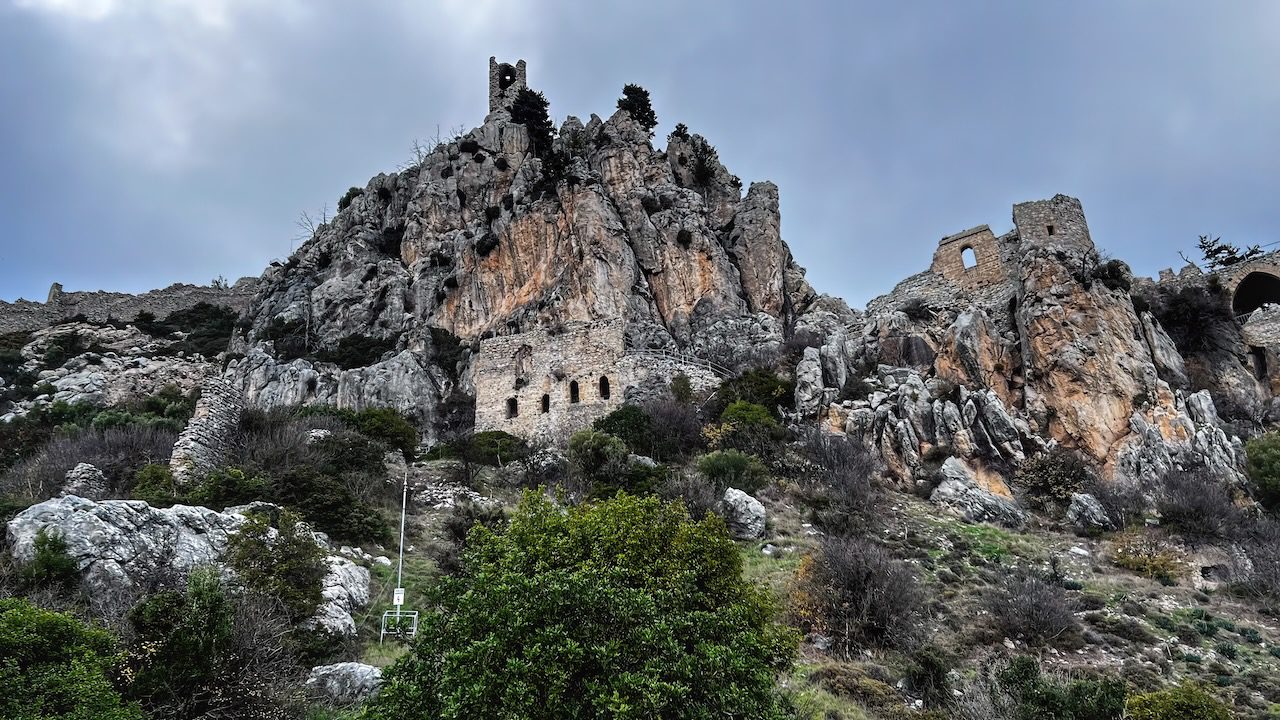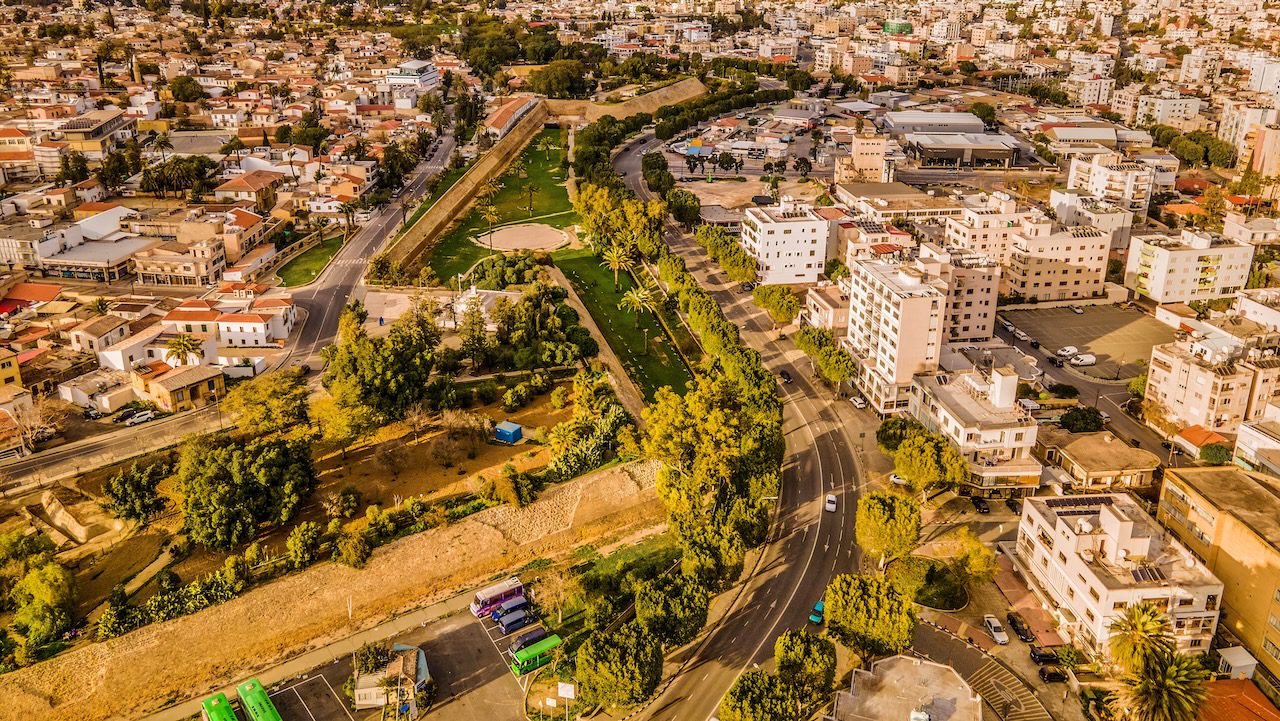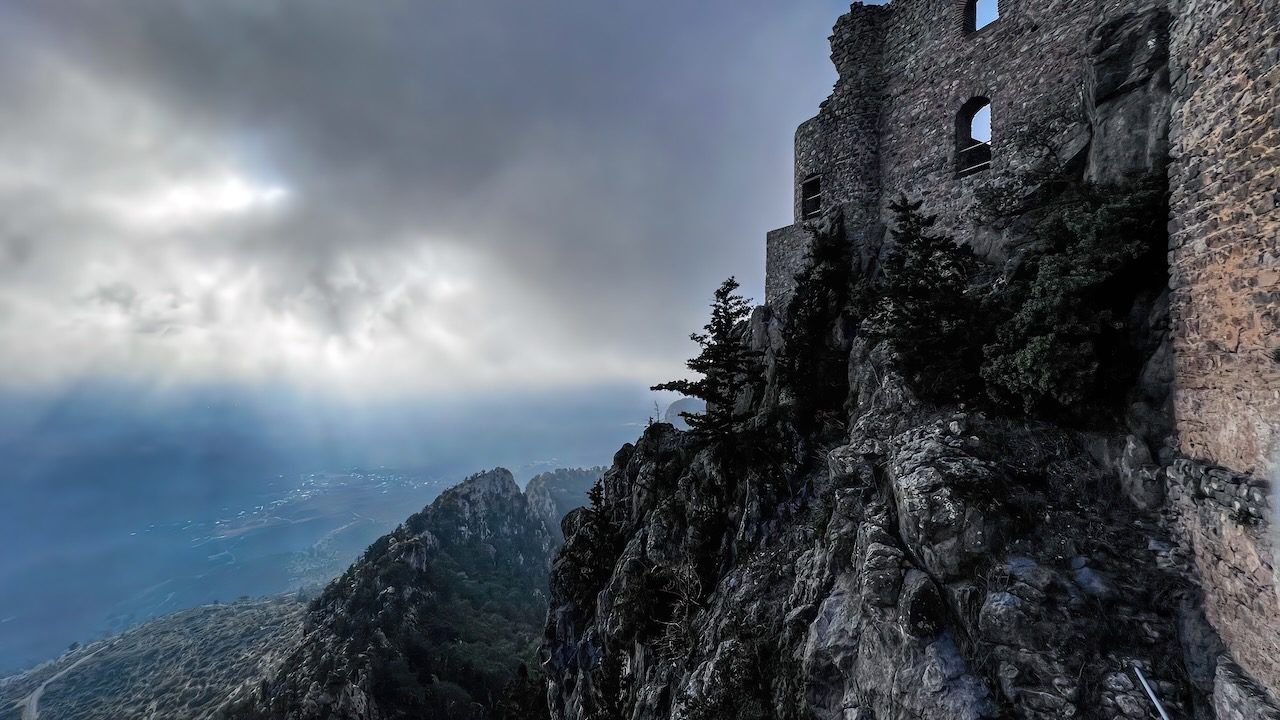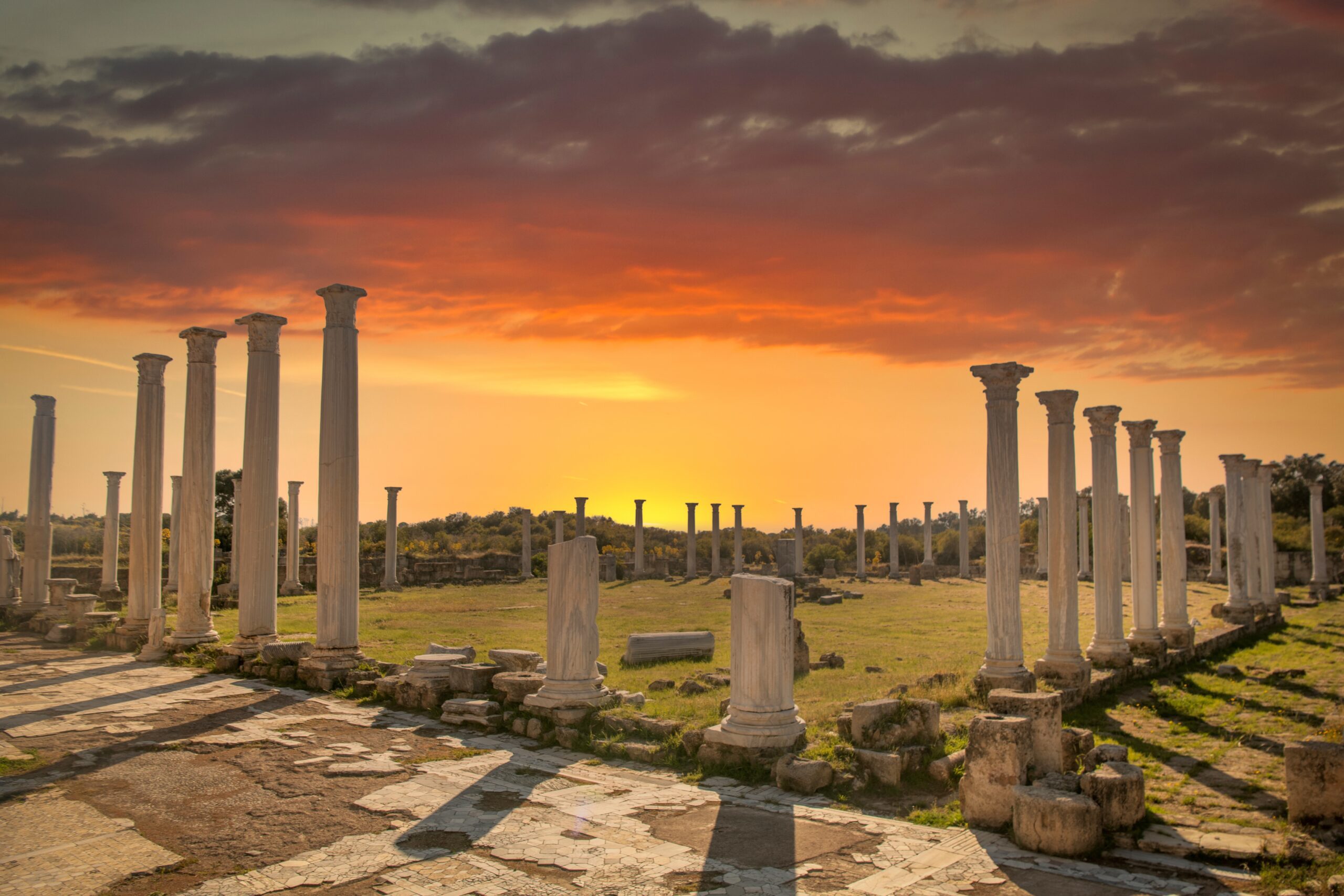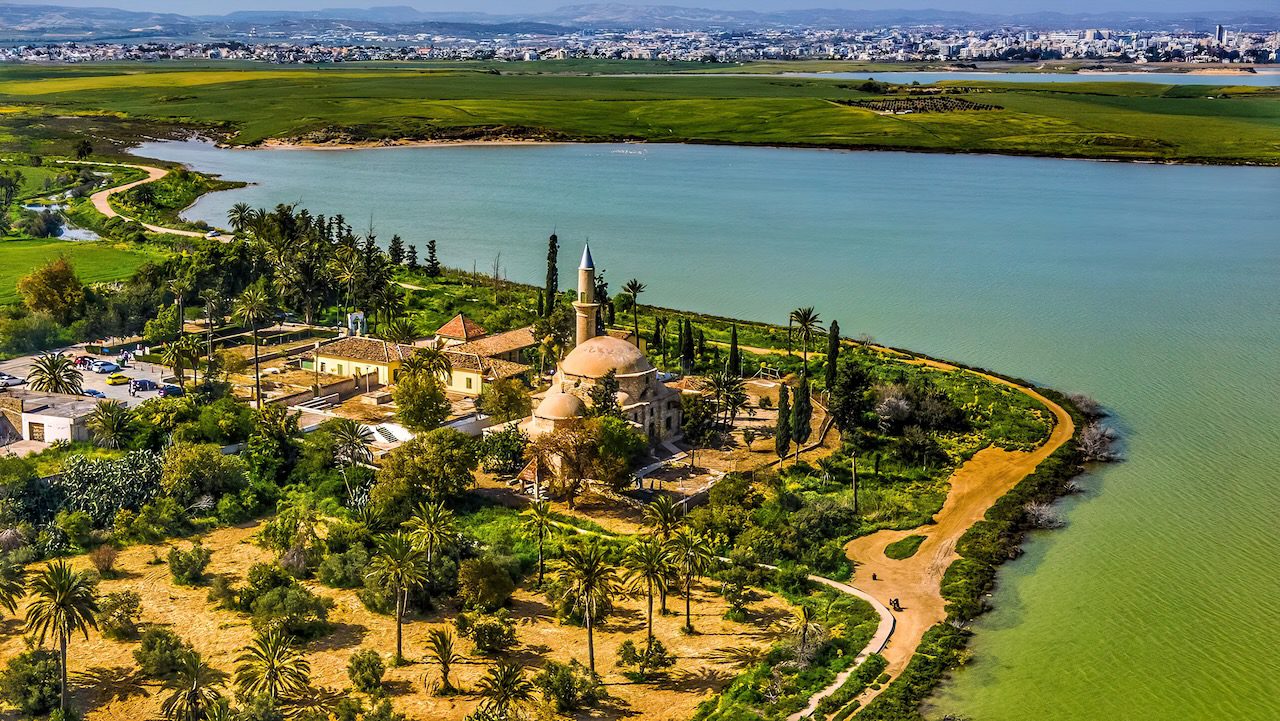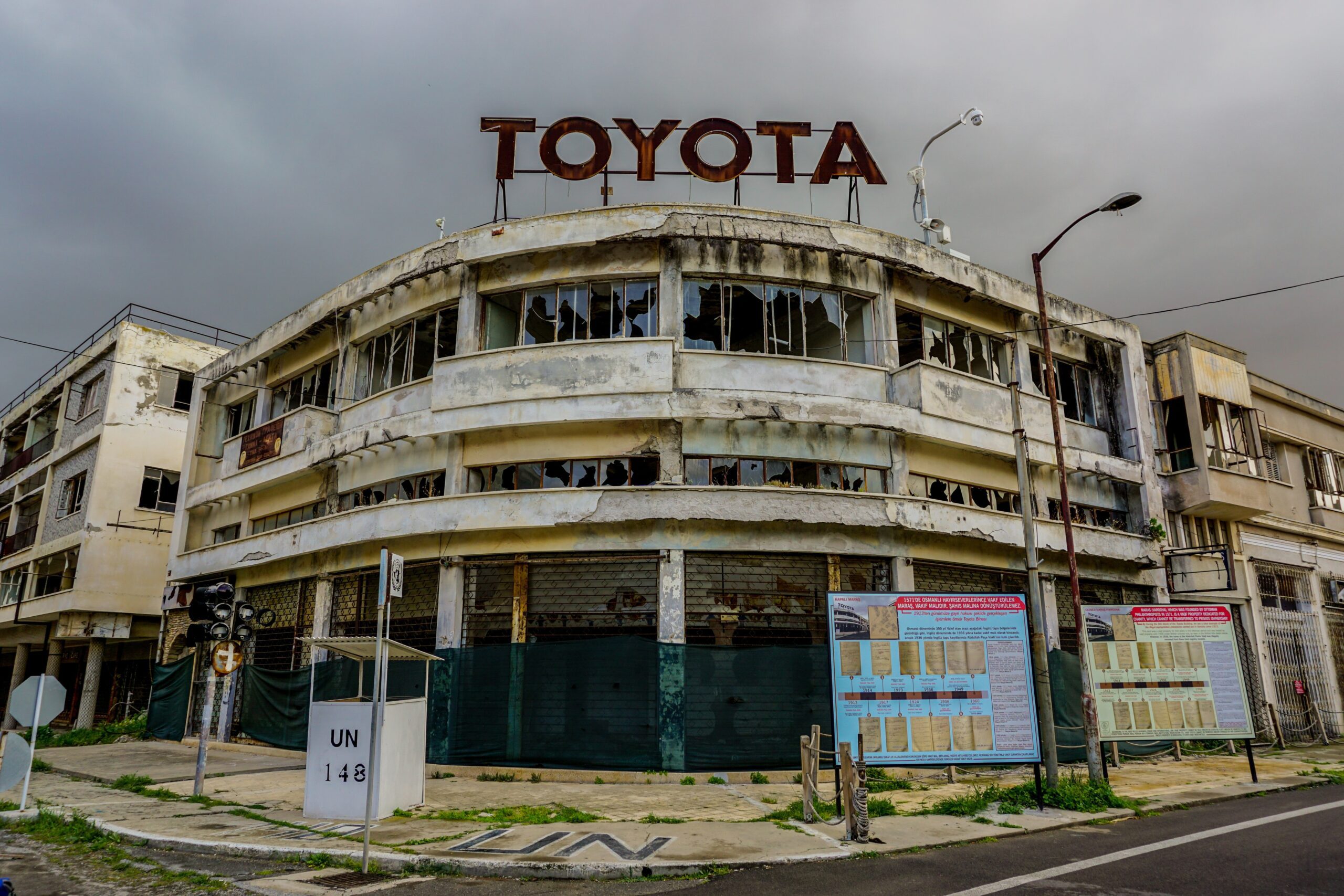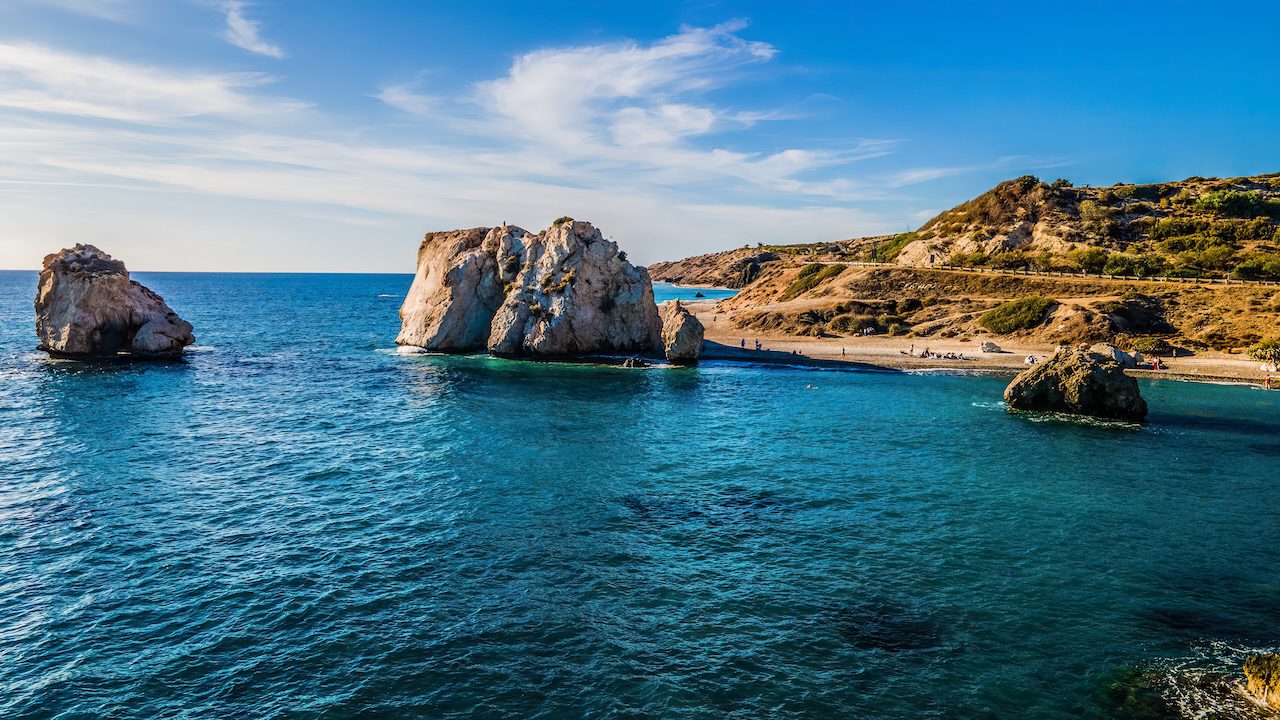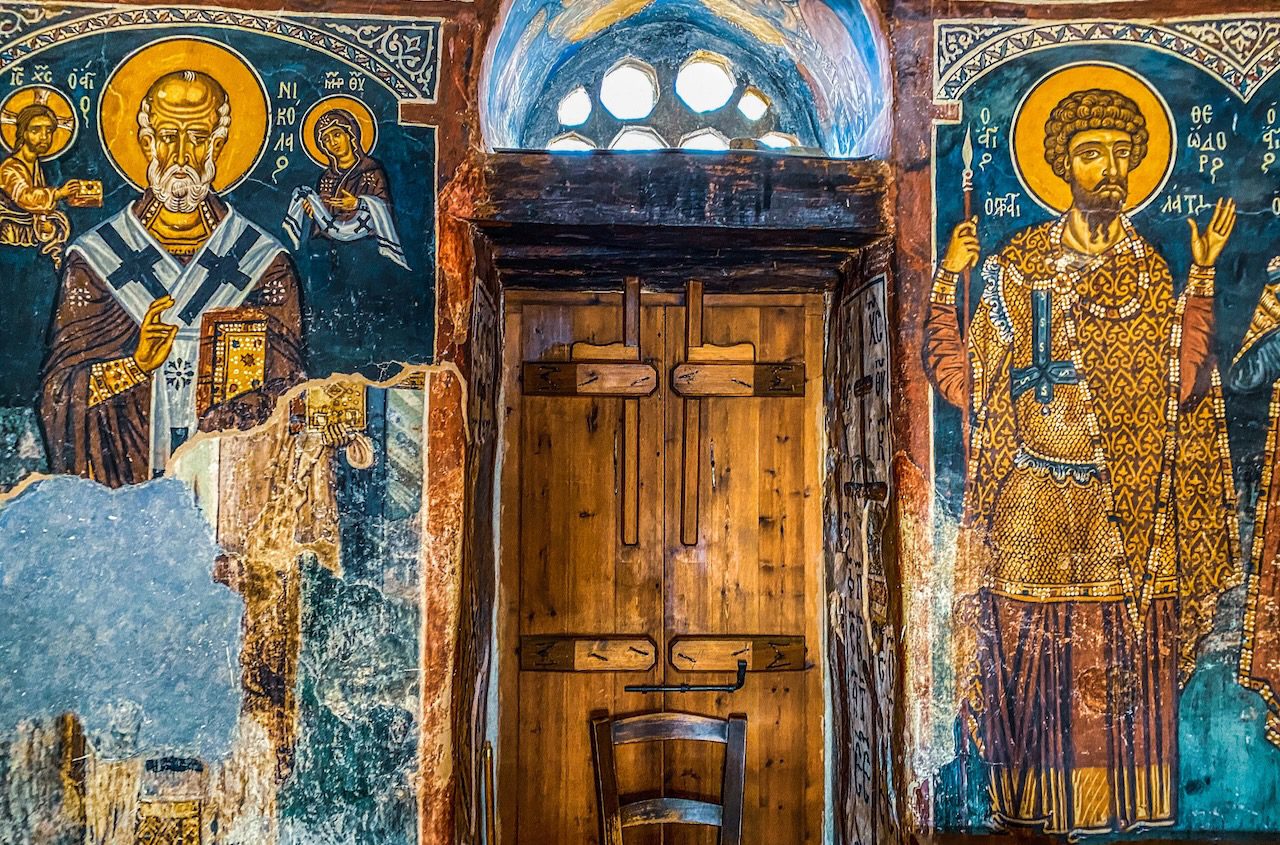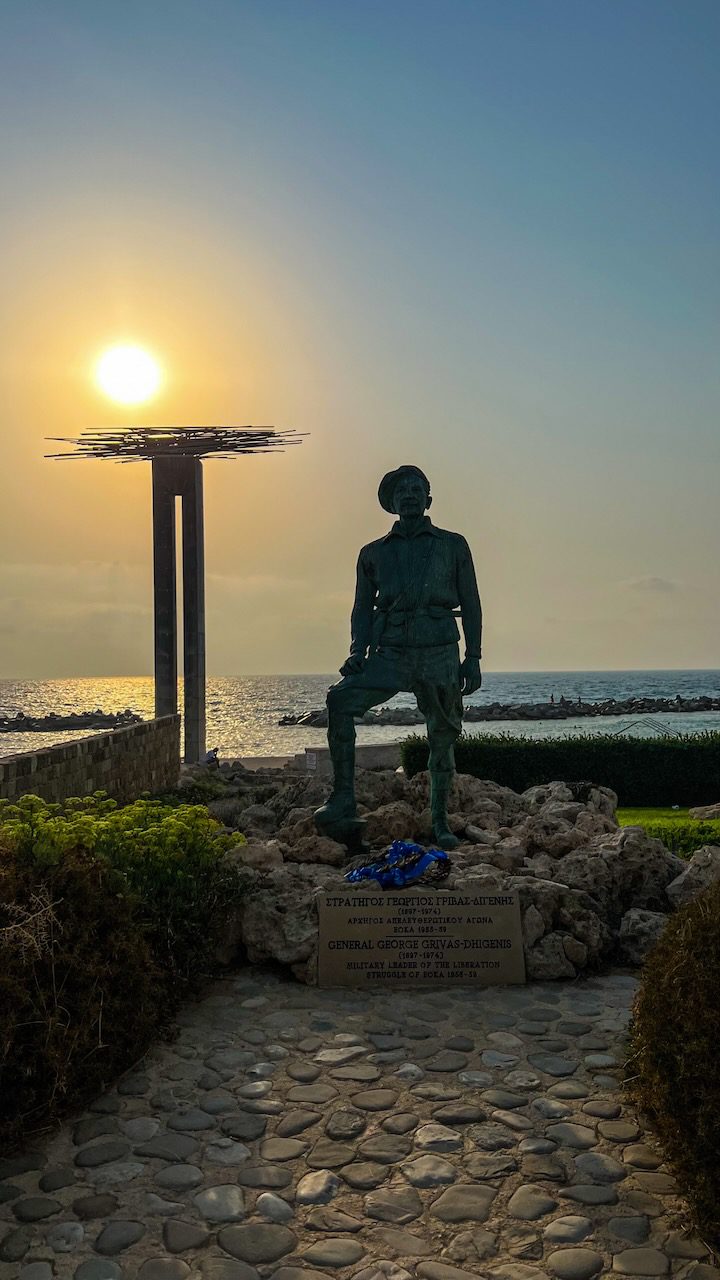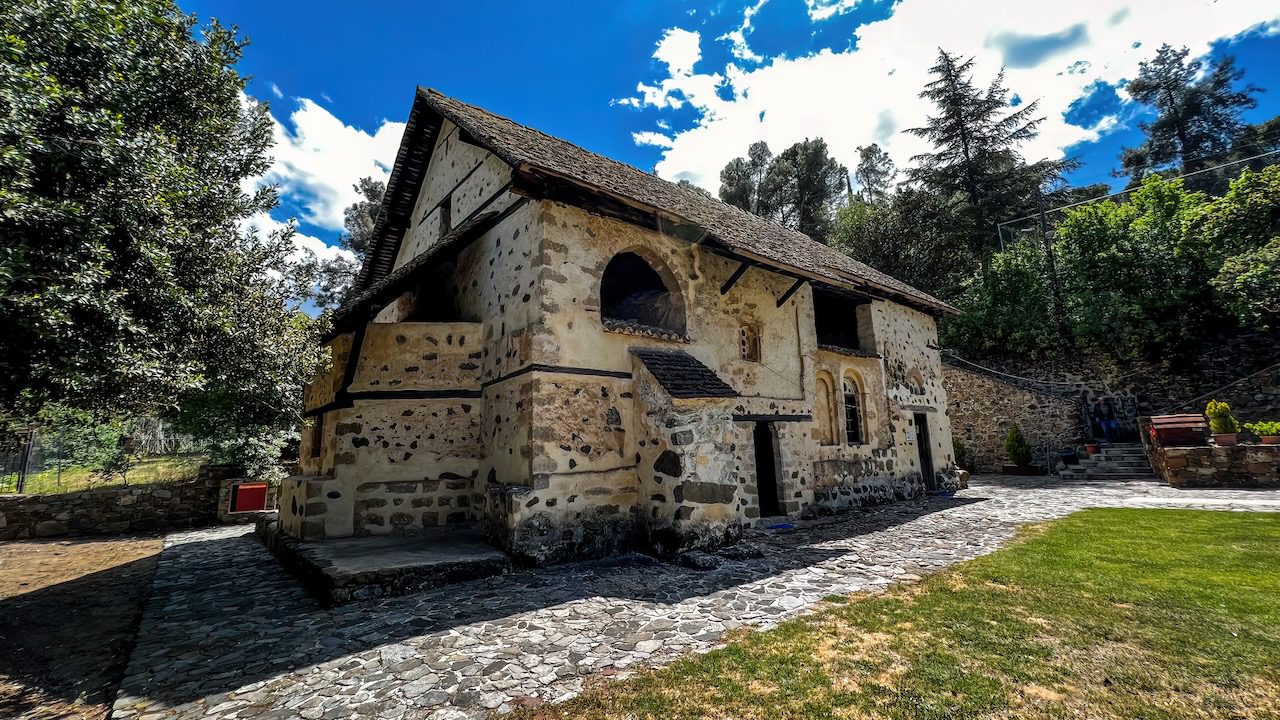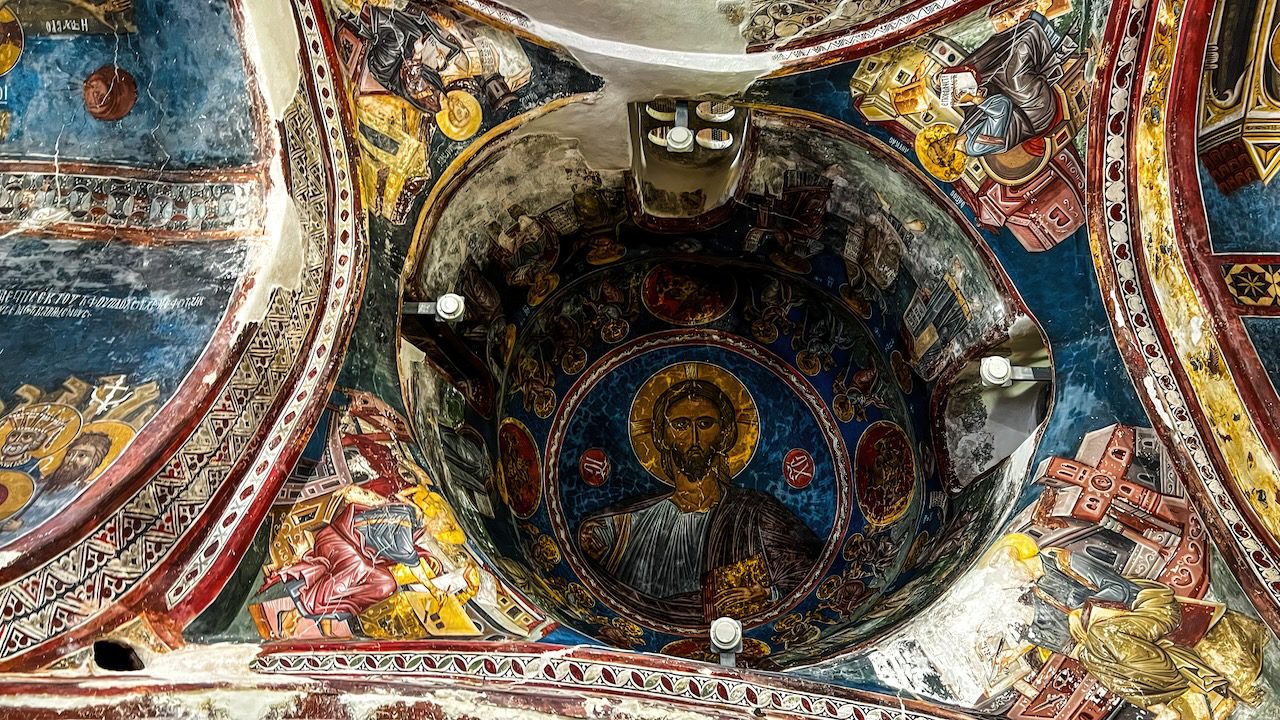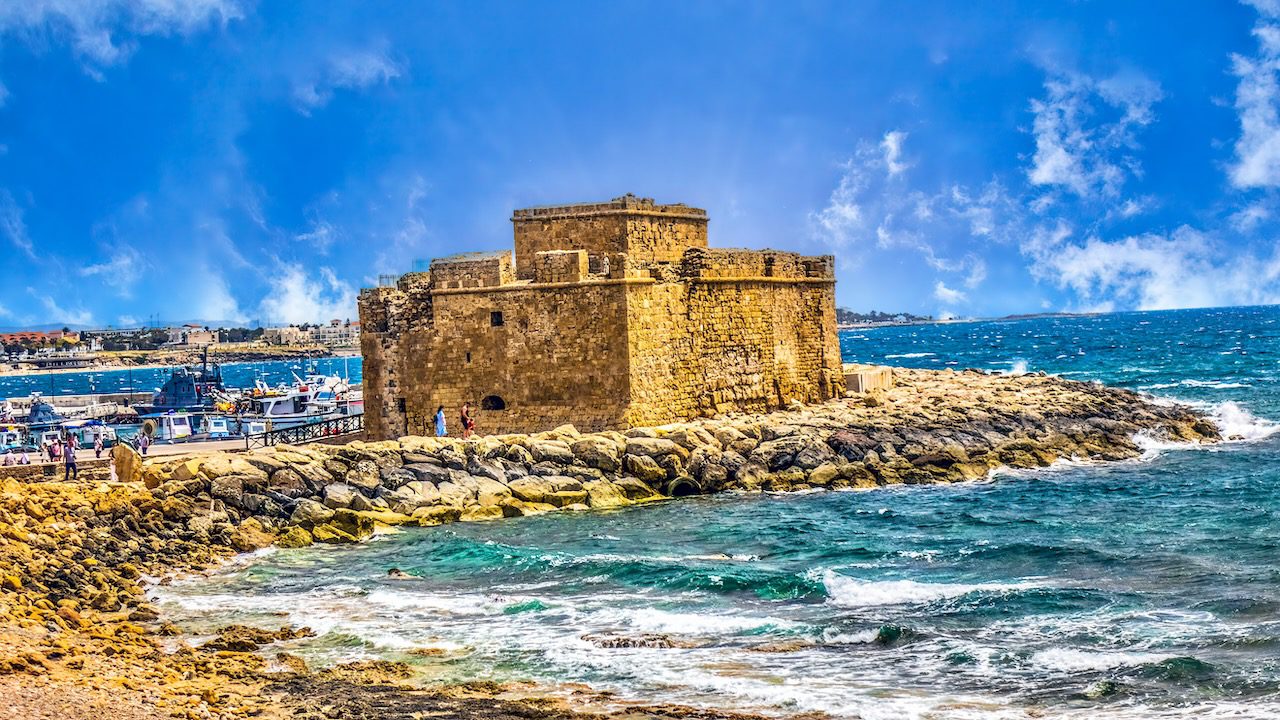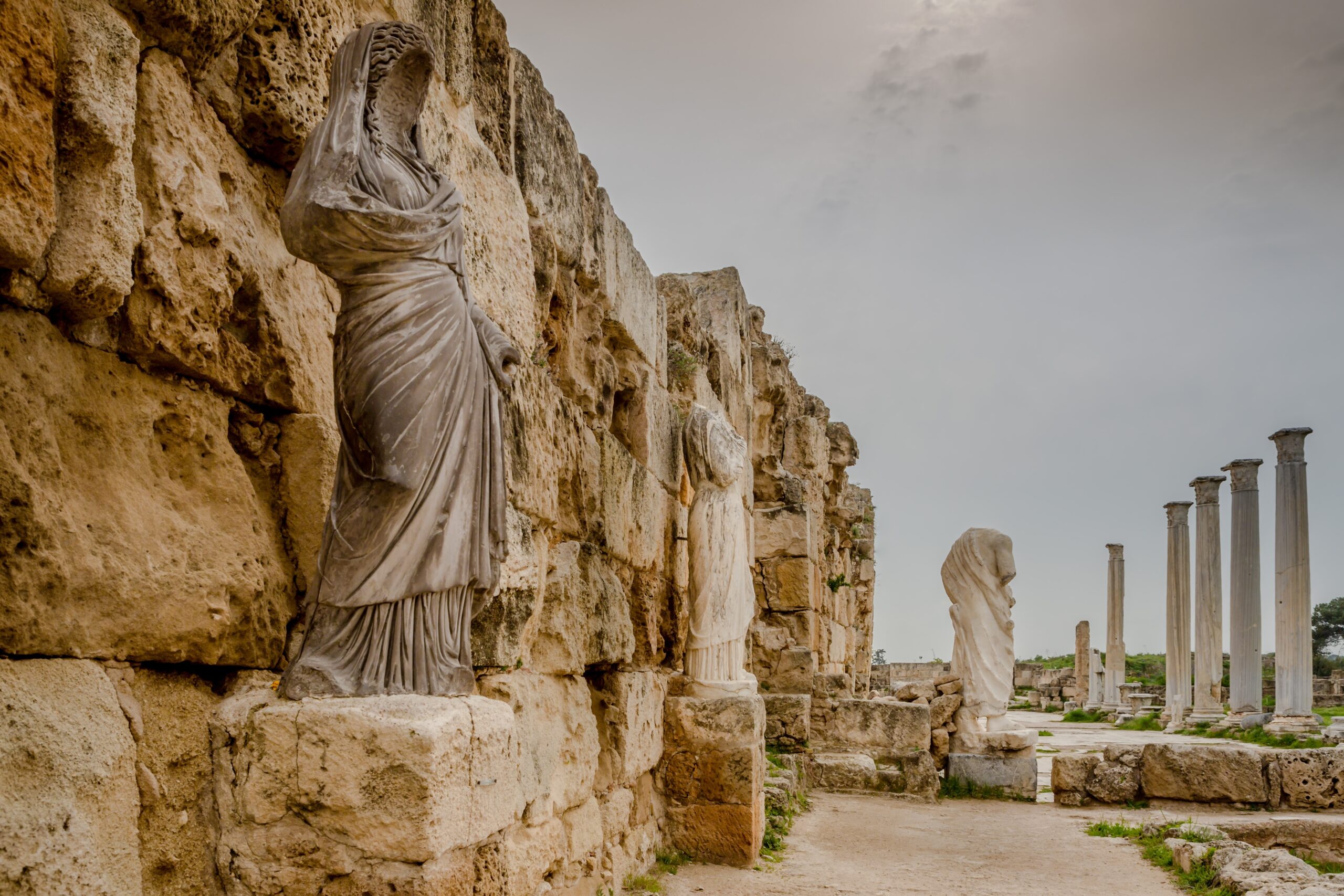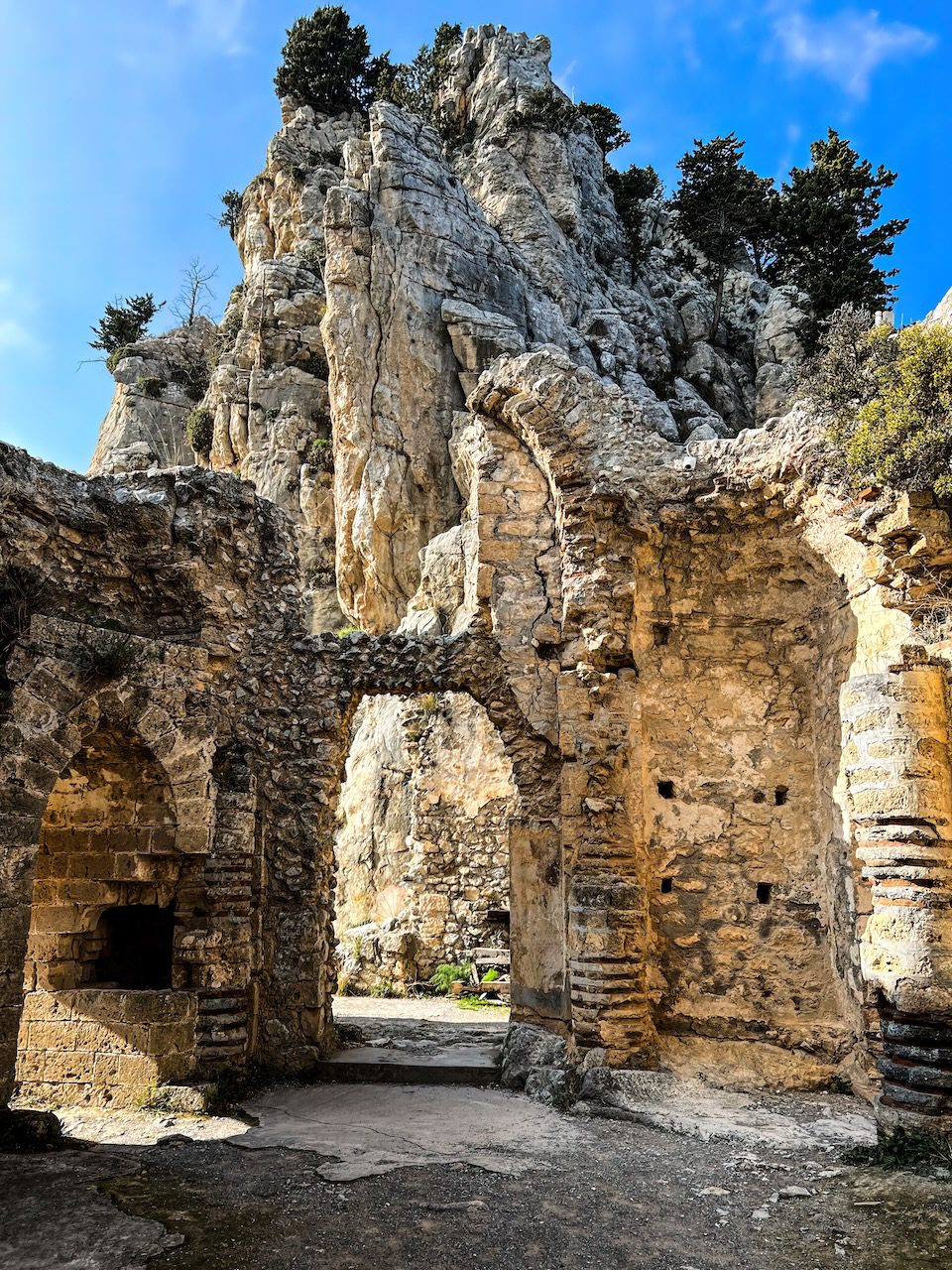Abundant History
Cyprus: The Eternal Chronicle of History and Culture
Cyprus History: A Rich Tapestry of Time
The island of Cyprus, with its rich tapestry interwoven from the threads of its ancient past, stands as a beacon of historical magnificence in the Mediterranean, a pivotal chapter in the expansive Cyprus history. Revered as the crucible of the Byzantine period, the island’s chronicles resonate with echoes from the Hellenistic era and the age of Byzantine splendor. This copper-infused land, pivotal in the annals of Cyprus history and a cornerstone among ancient Cypriot sites, has hosted a cavalcade of rulers, with their legacies deeply enshrined in the very earth of this resilient island.
The strategic position of Cyprus, a jewel coveted by empires like the Hellenistic kingdoms, Roman legions, and Byzantine governors, has painted its narrative with broad strokes of conquest and resilience. Its lands have embraced the Genoese, the Venetians, and the indelible rule of the Lusignan dynasty in Cyprus, each leaving behind a fragment of their era. These would-be sovereigns have become integral threads in the intricate Cyprus historical timeline, standing together in a mosaic of historical echoes.
The Legacy of Conquerors and Cyprus Archaeological Discoveries
The Byzantine and Ottoman eras in Cyprus unfurled a rich tapestry of archaeological finds, each period contributing its unique voice to the island’s storied history. These times have left behind not just tales but tangible relics in the very soil of Cyprus, where the remnants and ruins speak volumes of past glories and conflicts.
Venetian architectural prowess, a remnant of Cyprus’s allure to Mediterranean powers, stands as a testament to the island’s strategic importance. The whispers of the island’s fervent struggle for independence also find their echo in the artifacts and edifices that dot the landscape, transcending the confines of the Cyprus History Museum to become an integral part of the island’s living history.
Amidst these, the castles, with their fortified walls and towers, stand as silent sentinels over the land they once vigilantly guarded. They serve as a physical narrative of the strategic importance of Cyprus, echoing tales of knights, sieges, and the perpetual quest for dominion over this Mediterranean crossroads. These medieval fortresses, alongside the intricate mosaics of Byzantine chapels and the sturdy ramparts of Ottoman fortifications, are more than mere remnants; they are enduring legacies of empires that vied for control over this coveted jewel of the sea.
These archaeological discoveries, ranging from delicate pottery shards to monumental structures, offer a prelude to the odyssey through ancient Cyprus. They set the stage for explorations of historical sites like Kourion and Salamis, where the layers of Cyprus’s cultural heritage are most palpable. Each artifact, from the Tombs of the Kings to the medieval castles, weaves into the larger narrative of Cyprus, narrating a saga of civilizations that have left their indelible imprint on this Mediterranean gem.
An Odyssey Through Ancient Cyprus
As the birthplace of legends and the crucible of history, Cyprus beckons with its ancient wonders. The storied lands of Kourion reveal a classical world of theatrical grandeur, where Greco-Roman amphitheaters still stand, their stone tiers holding the echoes of dramas once performed under a sky that has watched over millennia. These ruins are a gateway to the world of ancient Hellenistic Cyprus, where scholars, philosophers, and artists sought the favor of kings and the adulation of the public.
In the east, the Salamis ruins stretch out, bearing the marks of ancient marketplaces and public baths that once bubbled with life during the Roman dominion. This was a place of convergence, where the Mediterranean’s trade winds brought ships laden with goods and stories from afar, weaving a narrative of prosperity and cultural exchange.
These sites are not just points on a map but chapters of a grand narrative that chronicles Cyprus’s significant role in the ancient world. The heritage of the island is palpable, a living history that continues to speak through the remnants of temples and sanctuaries dedicated to gods and goddesses now enshrined in mythology. The Tombs of the Kings, despite their name, belong firmly to this ancient epoch, offering a silent discourse on the beliefs, rituals, and artistic achievements of those who once walked these lands.
Thus, the odyssey through ancient Cyprus is a journey through time, where every path trodden is a passage through history, and every ruin a testament to the island’s enduring legacy as a pivotal crossroads of civilizations.
Where Divinity and History Collide
The divine narratives of Cyprus, such as those surrounding Aphrodite, the goddess of love and beauty, infuse the island’s cultural fabric with a sense of the sublime. In the sacred waters near Paphos, revered as the mythical birthplace of Aphrodite, the tales of gods and mortals intertwine, creating a landscape where the Cyprus Copper Age melds seamlessly with the realm of celestial beings. Here, the island’s chronicles extend far beyond the temporal events of the Cyprus 1974 invasion, reaching back to the very dawn of civilization in the Neolithic settlements of Cyprus.
This merging of divinity and history becomes a focal point for understanding the island’s enduring allure. The rocky shores and gentle waves of Paphos are not just geographical features but the subjects of veneration, a place where ancient worshippers once gazed out to sea, their prayers carried on the Mediterranean breezes. The numerous archaeological sites, from well-preserved mosaics depicting mythological scenes to the remnants of temples where gods were once honored, stand as monuments to the island’s age-old spiritual traditions. These sacred spaces and stories contribute to a deeper understanding of how the people of Cyprus have, over millennia, perceived their place in the cosmos and interwoven their beliefs with the tangible reality of their environment.
The Enigma of Cyprus History Books
The silent temples and sacred altars scattered across Cyprus provide an immersive journey into the past, as tangible and evocative as the most vivid Cyprus history documentary. These hallowed remnants, spanning from the enigmatic reaches of Prehistoric Cyprus to the multifaceted layers of the island’s Hellenistic and Byzantine epochs, resonate through the ages. The island’s historical maps serve as cartographic chronicles, charting the course of an island that has been a pivotal stage for the interplay of cultures and the unfolding of the Cyprus liberation struggle.
Each stone and artifact found here whispers stories of antiquity, inviting a contemplation that connects the present-day visitor to the island’s multifaceted legacy. From the prehistoric settlements, evidenced by tools and domestic structures, to the remnants of the island’s divided history, the enigma of Cyprus invites exploration and interpretation. These elements together form a mosaic of human endeavor, a series of historical vignettes that offer a window into the island’s soul, beckoning scholars and travelers alike to decipher the layers of time that Cyprus has so gracefully borne.
A Chronicle Etched in Stone and Sand
Cyprus has been a testament to resilience, standing steadfast through the tumultuous periods of intercommunal violence and the passionate Enosis movement, which sought union with Greece. The island’s landscape, a silent narrator, bears witness to the ebb and flow of empires, with each layer of sand and stone imprinted with the memories of bygone epochs. The Cypriot antiquities law is a guardian of this rich heritage, a bulwark ensuring that the stories of Roman Cyprus and the historical significance of cities like Famagusta are meticulously preserved for future generations.
Within this context, every monument, from the grandest amphitheater to the most humble dwelling uncovered, is a page in a grand historical manuscript. The meticulous efforts of conservationists and historians, empowered by these protective laws, work to keep the narrative of Cyprus vibrant and accessible. It is a narrative that not only recounts the passage of conquerors and the shifting tides of governance but also celebrates the island’s cultural metamorphoses, ensuring that the legacy of Cyprus remains indelible, not just in the annals of history, but in the very identity of its people.
The Enduring Spirit of Cyprus Cultural Heritage
Cyprus’s spirit, with its rich tapestry of cultural heritage, transcends the transient reigns of worldly powers. The Cyprus national archives serve as a repository of memory, safeguarding documents and artifacts that testify to the island’s multifaceted past. The UNESCO sites of Cyprus are not mere tourist destinations; they are living monuments, standing as vigilant protectors of history that continue to shape the island’s identity. In these spaces, the past is not merely an echo but a resonant voice that speaks to all who visit.
This voice narrates a story that is ever-present, woven into the fabric of everyday life. In the stone-paved streets of ancient towns, amid the daily routines of the locals, the past and present merge. The resilience of Cypriot culture is palpable, manifesting in traditional crafts, timeless music, and enduring customs that have survived through centuries of change. The culture of Cyprus, with its enduring spirit, invites the world to witness a history that is alive, evolving, and still writing its chapters in the annals of time.
A Labyrinth of Cyprus Historical Events
Cyprus, where the Kyrenia castle history whispers to the winds, is a land where the past is ever-present. The island’s historical offerings, from the Paphos historic attractions to the Cyprus Genocide remembrance, invite one to a journey through the annals of Greek rule in Cyprus and beyond.
Amid this historical mosaic, every monument and every ancient pathway is a thread in the island’s rich narrative fabric. The lingering spirit of bygone eras is palpable as one meanders through the ruins of Salamis or the sacred grounds of ancient city-kingdoms. These sites are not static relics but dynamic portals to the past, each with its own tale of triumph, tragedy, and transformation that has contributed to the island’s enduring legacy.
Cyprus: A Timeless Tale of Civilizations
The island’s narrative weaves through the Cyprus division history, the tales of Cyprus liberation struggle, and the Cyprus historical maps. It is a living testament to the enduring legacy of humanity, a place where the dance of history and the Cyprus history podcast continues unabated.
In this continuum, each corner of Cyprus tells a story, each ruin has a voice, and every traditional melody carries echoes of the past. Here, history is not confined to the pages of textbooks or the quiet halls of museums but is a vivid, sensory experience. The island’s myriad cultures, from the ancient city-states to the modern Cypriot communities, are bound together in a chronicle that celebrates not only the pivotal events and figures but also the everyday lives that have woven the rich, complex fabric of Cypriot civilization.
The Testament of Humanity and Divinity in Cyprus
This narrative, rich with the tales of the Cyprus cultural heritage and the Cyprus historical timeline, is not just a record but an epic penned by the hands of gods and men, a testament to the enduring legacy of humanity and the rich tapestry that is Cyprus history.
As the sun casts its golden hues over ancient stones, the divine and mortal realms interlace, crafting a story that spans millennia. Every artifact, from the simplest earthenware to the grandest palatial column, carries the imprint of those who shaped them, be they earthly artisans or the divine inspirations they credited for their world. This confluence of the human and the heavenly in Cyprus does more than survive; it thrives, pulsating through the daily lives and rituals that continue to pay homage to a heritage both sacred and profoundly human.

